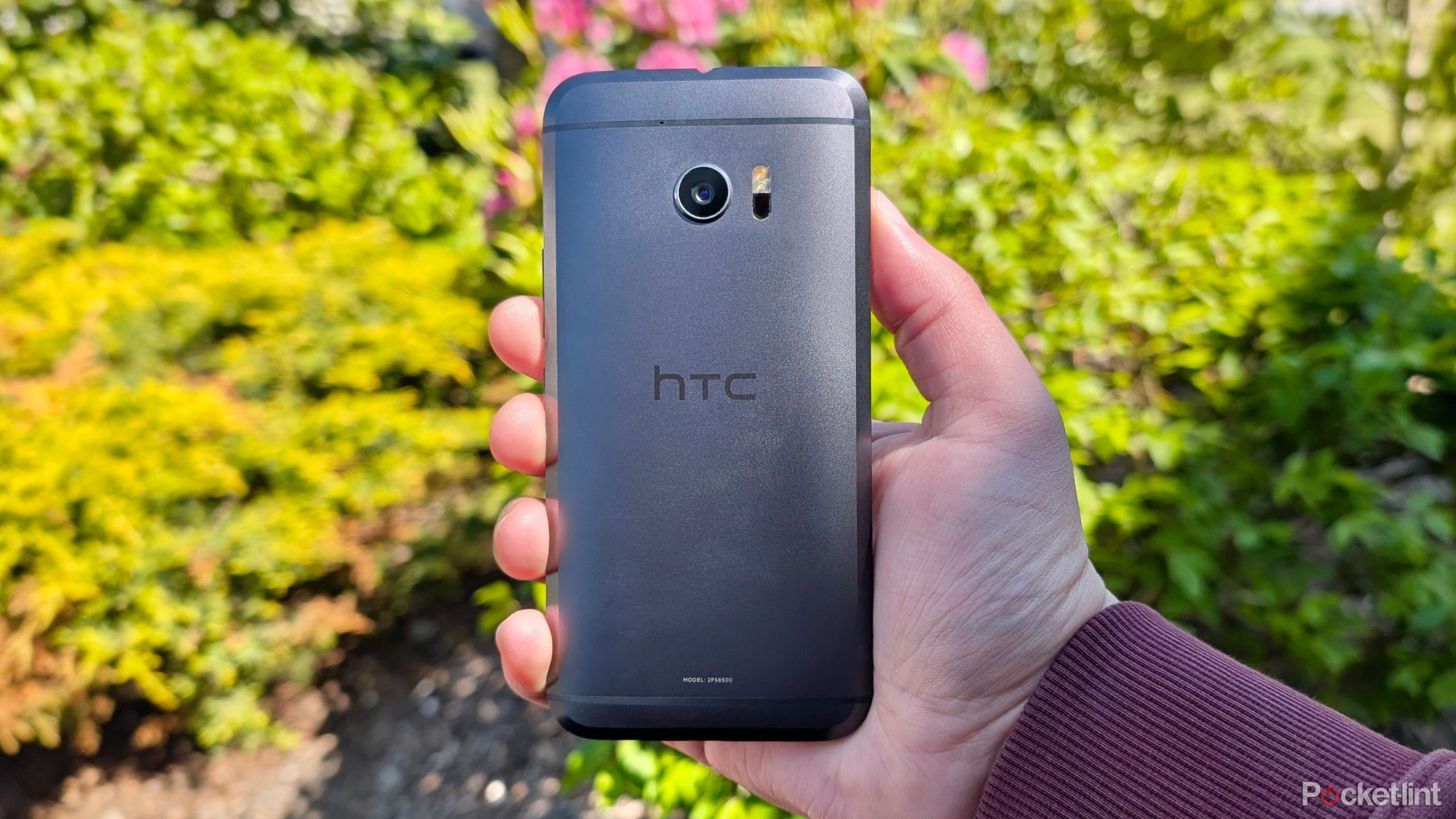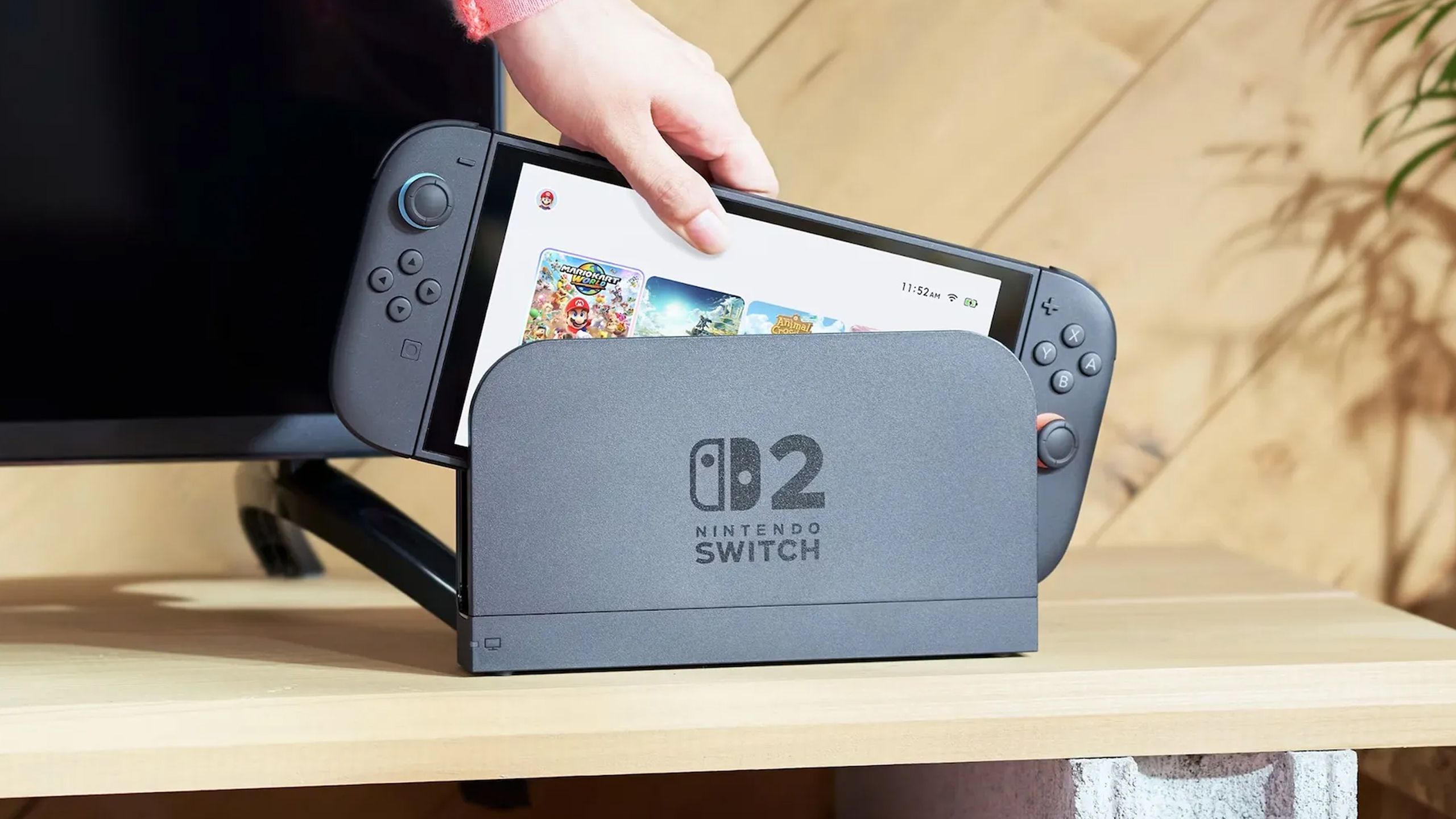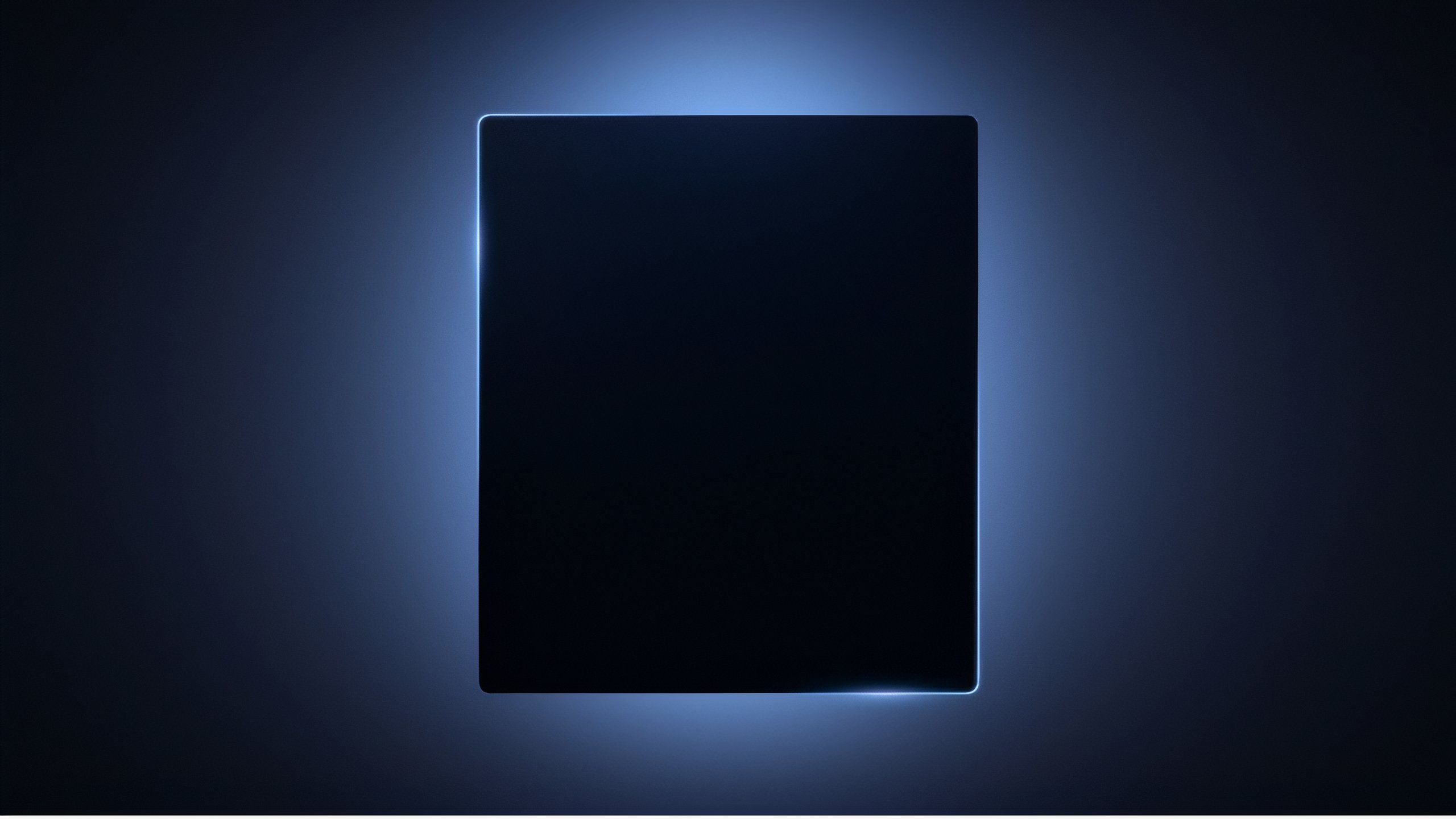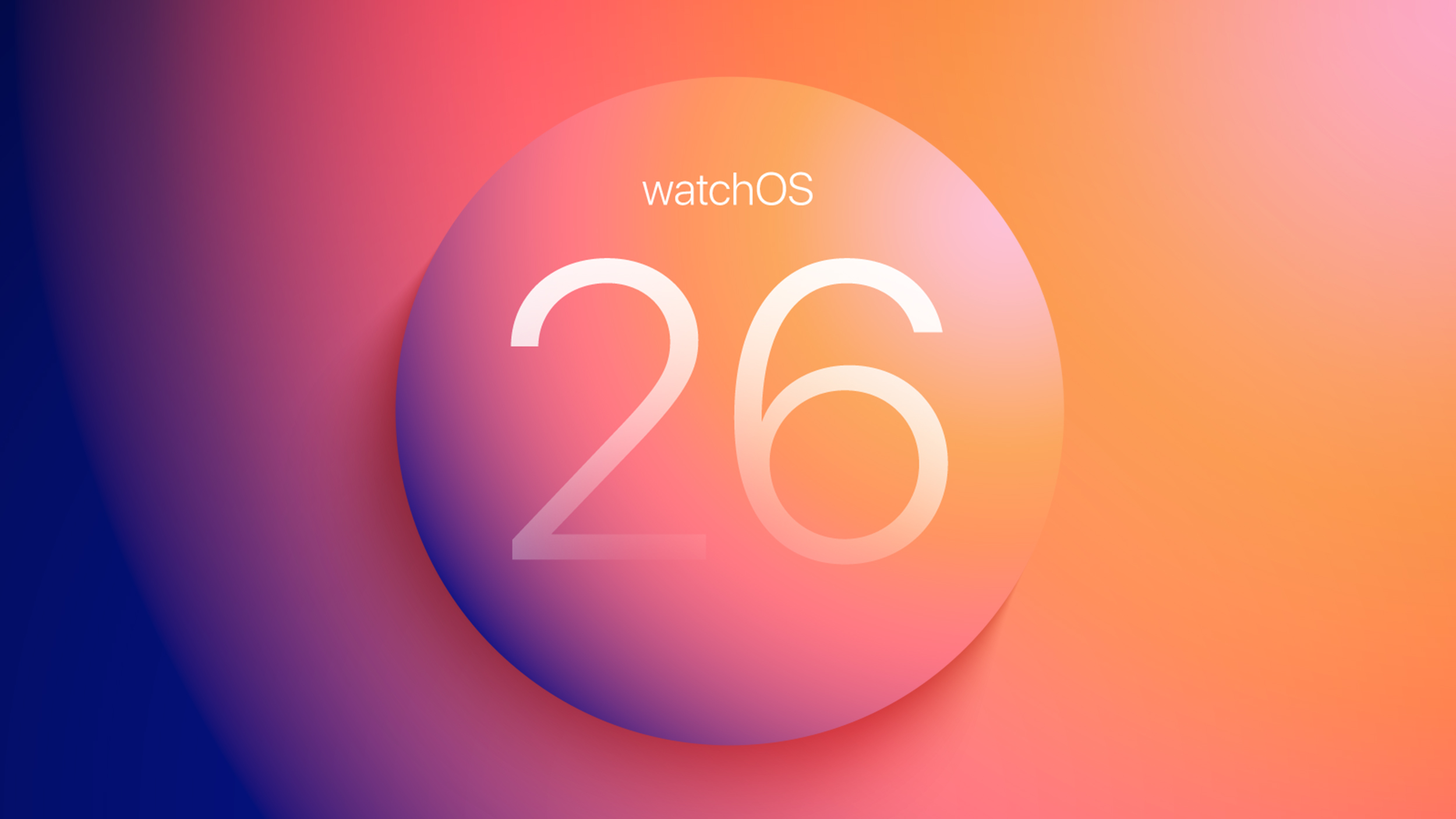How to choose a mechanical keyboard switch

Mechanical keyboards are wonderful things, especially if, like us, you spend a lot of your day typing. If you’re coming from a two-dimensional laptop keyboard, prepare to be wowed, nothing beats the tactile feel and sound of a quality keyboard.
The decision to move to a mechanical keyboard is an easy one, whether you’re a gamer or a novelist, it’s always worth having a quality set of keys to hammer away at. However, once you’ve decided to invest, there are still a lot of decisions to be made.
For some people, mechanical keyboards are a huge hobby that comes complete with esoteric lingo, inside jokes and maxed-out credit cards. For the rest of us, it can be intimidating to get started.
Don’t fret, we’re here to help with one of the most important decisions a mechanical keyboard newbie has to make: which switch to choose.
An introduction to key switches
In the most basic of terms, pressing a key on your keyboard activates a switch, which sends a signal to your computer so that it knows what you’ve pressed. Different types of switches have different feels to them, so mechanical keyboards are often available with a variety of options to suit different users’ tastes.
Ideally, you’ll want to try some switches in real life to see how they feel. If you’re lucky enough to live near a store that sells gaming peripherals, then they might have some on display that you can try out. Otherwise, you could invest in a switch tester, which is essentially a dummy keyboard with a variety of switches for you to try out.
squirrel_widget_12855317
There are three main types of switch design that you’ll come across:
Linear: These switches typically require the same pressing force all the way down and are the most common type that you’ll find on gaming keyboards. The switch triggers somewhere along the travel of the key, but you won’t be able to feel where it happens. It gives a smooth, light feeling and is great for fast actuation – the kind you’ll want when playing PC games.
Clicky: A clicky switch, unsurprisingly, makes a clicking sound when pressed. There’s a distinct bump in the key travel, followed by a click that lets you know exactly when the keyboard has registered your keystroke. Clicky switches are very much a love-it-or-hate-it kind of situation. If you work in an office, you’ll likely want to avoid these as they might drive your co-workers mad. However, there is something extremely satisfying and typewriter-like about using them.
Tactile: A tactile switch sits somewhere in the middle of linear and clicky. You get the same bump as a clicky switch, but without the click. They’re often still noisier than a linear switch but less so than a clicky switch. These are our favourite all-rounders, but whether you like the feel or not is all down to the individual.
Common switch colours and what they mean
Key switches are most frequently referred to as the colour of the switches’ stem, which makes things even more confusing to newcomers, once you get your head around it, though, it’s fairly easy to understand.
The colour scheme typically follows Cherry’s conventions, since the brand is one of the oldest in the space. Here are the most common options you’ll find:
Red switches
Red switches are the most common linear switch, they’re pretty quiet and extremely common on gaming keyboards. They’re popular for their speedy response and smooth feel. On Razer keyboards, these switches are yellow.
Blue switches
Blue switches are the most common clicky switch type, offering a loud and proud typewriter feel. They’re one of the most exciting switch types for those coming from a cheap rubber-dome keyboard, but the noise can be a bit much if you’re working around others. Razer’s version of this is a green switch.
Brown switches
Brown switches are a popular tactile option, offering some of the blue switch feel, but creating less noise in the process. Many typists find these to be a perfect middle ground between blue and red switches. Razer calls this an orange switch.
Black switches
Black switches are linear and behave a lot like reds, but they require more force to actuate. If you’re particularly heavy-handed, you might like these, but they’re probably the least popular of the common switch types.
Silver switches
Silver switches are often referred to as “Speed Silver” and they’re all about fast response times. Primarily targeted at gamers, silver switches are a non-clicky linear option with a higher activation point and less resistance.
Exotic switch types
That’s the standard switch types explained, but the fun doesn’t have to end there. There are all manner of exotic switches for those craving something a little more unique. There are too many types to mention everything, but we’ve outlined some of the more popular options below.
Topre switches
Topre switches have a unique electrostatic capacitive design that’s somewhere between a mechanical switch and a rubber dome. They’re typically tactile switches, with a more pronounced bump than that of a Cherry MX brown. These switches are famed for the satisfying “thock” sound that they make and are found on keyboards from RealForce, HHKB and, occasionally, Cooler Master.
Buckling spring
Buckling spring switches were used on the iconic IBM Model M keyboard, the one that’s responsible for the layout that’s found on the vast majority of keyboards you can find today. Buckling spring switches utilise, perhaps unsurprisingly, a spring that buckles when the key is pressed. It creates an incredibly satisfying noise but takes a long time to register repeated strokes, making it unsuitable for serious gaming.
Optical switches
Optical switches, on the other hand, are all about gaming performance. They use optical sensors to register the depth of the keystroke, which means you can use each key as a pressure-sensitive control, just like the analogue triggers on an Xbox controller. If you’ve ever wanted to use your keyboard to play racing games, these are the switches for you.
Which switch is right for you?
Unfortunately, that’s a question only you can answer. Everyone has different preferences, both with the way their keyboard sounds and feels. For instance, we like to game on Cherry MX brown switches, while most people would steer you towards red or silver switches for that purpose.
You can get a good baseline idea of what to expect from the descriptions above, and hopefully, it’ll help narrow down what might work best for your needs. At the end of the day, though, it’s all about the feel and the only way to gauge that is to try some for yourself.
In the meantime, you might want to check out our guides that cover the best keyboards around as well as the best gaming keyboards you can get your hands on.





